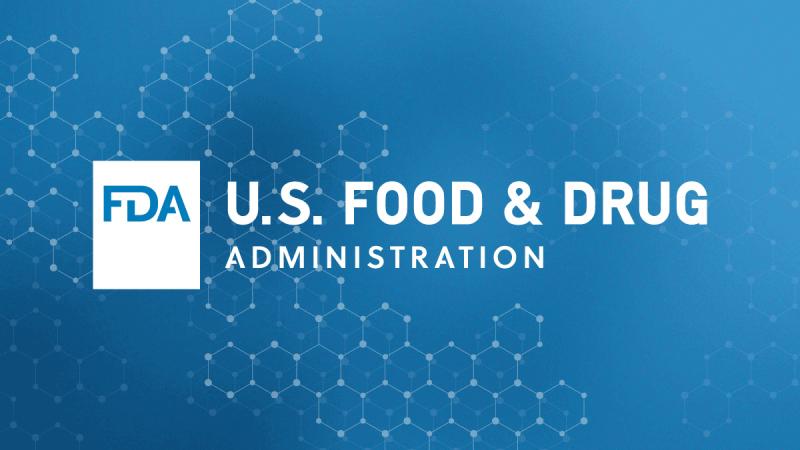Today the U.S. Food and Drug Administration updated its website to share preliminary findings from a multi-year environmental study of a specific growing region within the Southwest growing region conducted in partnership with the Arizona Department of Agriculture, and in conjunction with the University of Arizona Cooperative Extension, the Wellton-Mohawk Irrigation and Drainage District (WMIDD), and members of the leafy greens industry.
Source: U.S. Food and Drug Administration
The study sought to better understand the ecology of human pathogens in the environment in the Southwest agricultural region, particularly how pathogens survive, move, and possibly contaminate produce prior to harvest, so that the agricultural community can work together to identify best practices to enhance food safety.
From May 2019 through April 2024, environmental samples were collected from irrigation and other surface waters, soil, sediment, air/dust, animal fecal material, wildlife scat, plant tissue, and other sources across approximately a 54-mile area within the Southwest growing region. Through repeated sample collection, testing, measurement, and analysis, the team was able to observe variability of pathogens in this region over time which provided insightful information on prevalence, location, and potential influencing factors such as seasonality, weather conditions, and animal activities on adjacent and nearby land.
The research team is continuing to analyze data from this study, however preliminary findings have been updated on the longitudinal study webpage and are summarized below:
- Shiga toxin-producing E.coli (STEC) strains detected in water, sediment, and plant tissue genetically matched strains isolated in air samples, providing evidence that STEC in air can transfer to other locations and surfaces.
- Air samples collected during the study yielded positive viable pathogen results indicating that bacteria can survive in the air and that dust can act as a transfer mechanism for both pathogens and indicator organisms (e.g. generic E. coli) from adjacent and nearby land to water, soil, and plant tissue.
- Surface water evaluated in the study experienced a change in water quality and an increase in the prevalence of STEC as water moved past a nearby Concentrated Animal Feeding Operation (CAFO), even in the absence of surface run-off or other direct contamination, which indicates that airborne disposition of dust from the CAFO was potentially a factor in the contamination of the irrigation water.
- Distance played an important factor in the likelihood of STEC being detected in collected airborne dust, with the percentage of positive samples declining steadily as air sampling moved in an incremental manner away from concentrated animal operations.
- Birds and other wildlife do not appear to be significant sources of STEC or E. coliO157:H7 in or around the part of the Southwest growing region evaluated. However, continued monitoring is warranted to reduce potential risk to produce, the environment, and water sources.
This study was initiated following the 2018 outbreak of E. coli O157:H7 linked to the consumption of leafy greens. During the initial environmental assessment into that outbreak, we explained that we considered that the most likely way romaine lettuce had been contaminated was from the use of contaminated water from an irrigation canal; however, we noted that FDA could not rule out that there might be other sources or means of contamination that were not identified during the investigation. Importantly, while findings do suggest that airborne dispersal of the outbreak strain was likely a contributing factor, the study did not identify the specific source and route of contamination that contributed to the 2018 outbreak.
Next Steps
The preliminary results of this study stress the interconnectedness between people, animals, and the environment and serves as an important model for how to foster productive dialogue among diverse stakeholders to improve food safety. Just as collaboration across the Southwest agricultural community was key to the development and execution of this study, continued collaboration among stakeholders including livestock managers/producers, fresh produce growers, academia, extension, retailers, and federal, state, and local government partners will be important to help control and mitigate potential contamination via environmental transmission including air/dust from adjacent and nearby land use.
The FDA is encouraged to hear that members of the Arizona leafy greens industry will be working through the Desert Food Safety Coalition to continue to explore the findings from this study and to improve the safety of food grown in this region. This group intends to collaborate with the Arizona Department of Agriculture, University of Arizona Extension, Yuma Fresh Vegetable Association, Yuma Safe Produce Council, Arizona Farm Bureau, Arizona Leafy Green Marketing Agreement (AZ LGMA), Western Growers, USDA-APHIS Wildlife Services, Arizona Cattle Feeders’ Association, additional grower and landowner coalition members and other agricultural community stakeholders. While the results are regionally specific, the findings may also help us to address some knowledge gaps identified in the Leafy Green STEC Action Plan, particularly concerning animal activities on adjacent and nearby land. As more information is made available, the FDA is hoping to engage with stakeholders to further explore the data and information gathered from this study.
The research team intends to present additional details about this study during the International Association for Food Protection annual meeting July 14-17, 2024. Additionally, as final data analysis occur, we intend to publish manuscripts on this study in the scientific literature. Additional information and publications will be added to the longitudinal study webpage as they become available.
For More Information
Southwest Agricultural Region Environmental Microbiology Study






